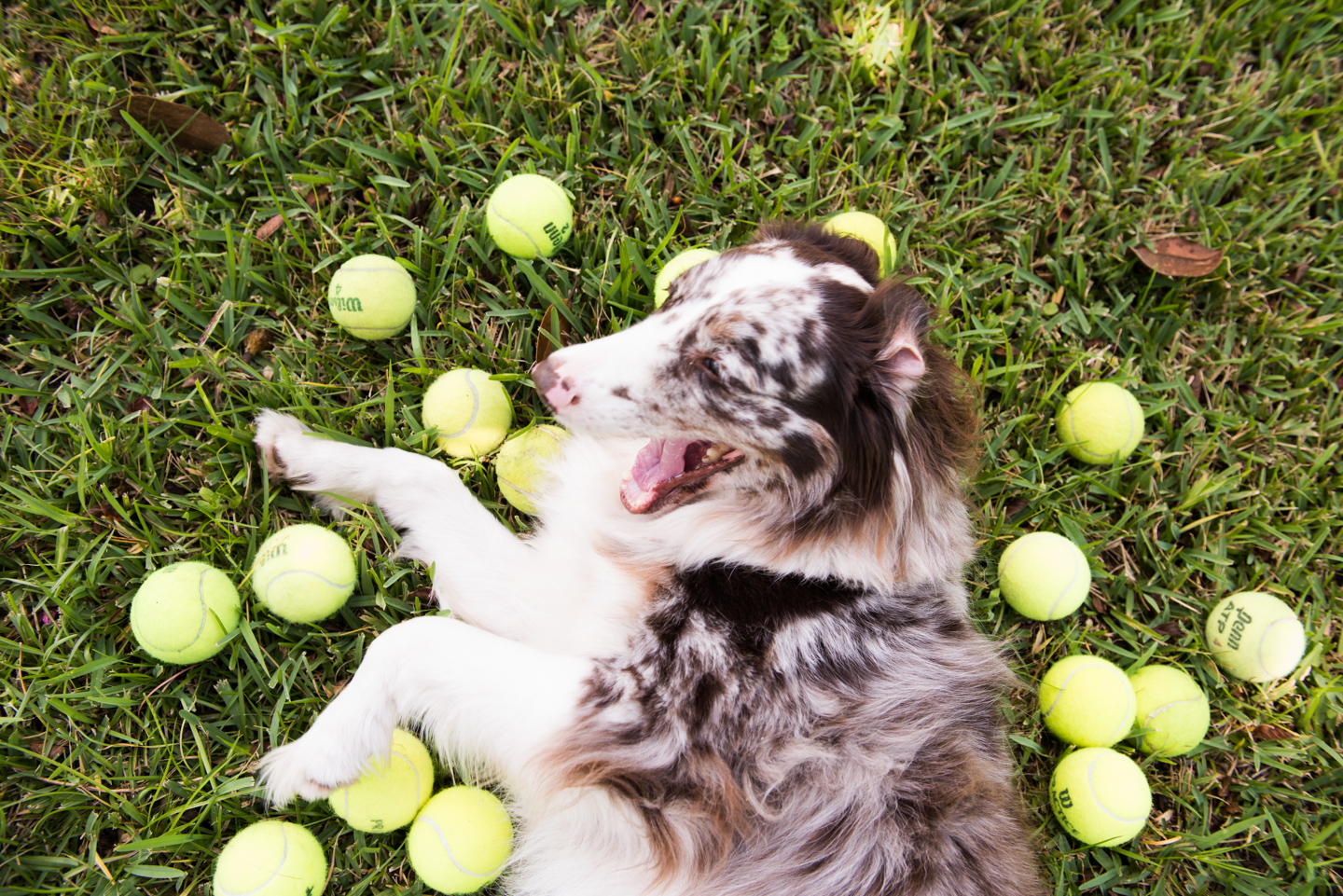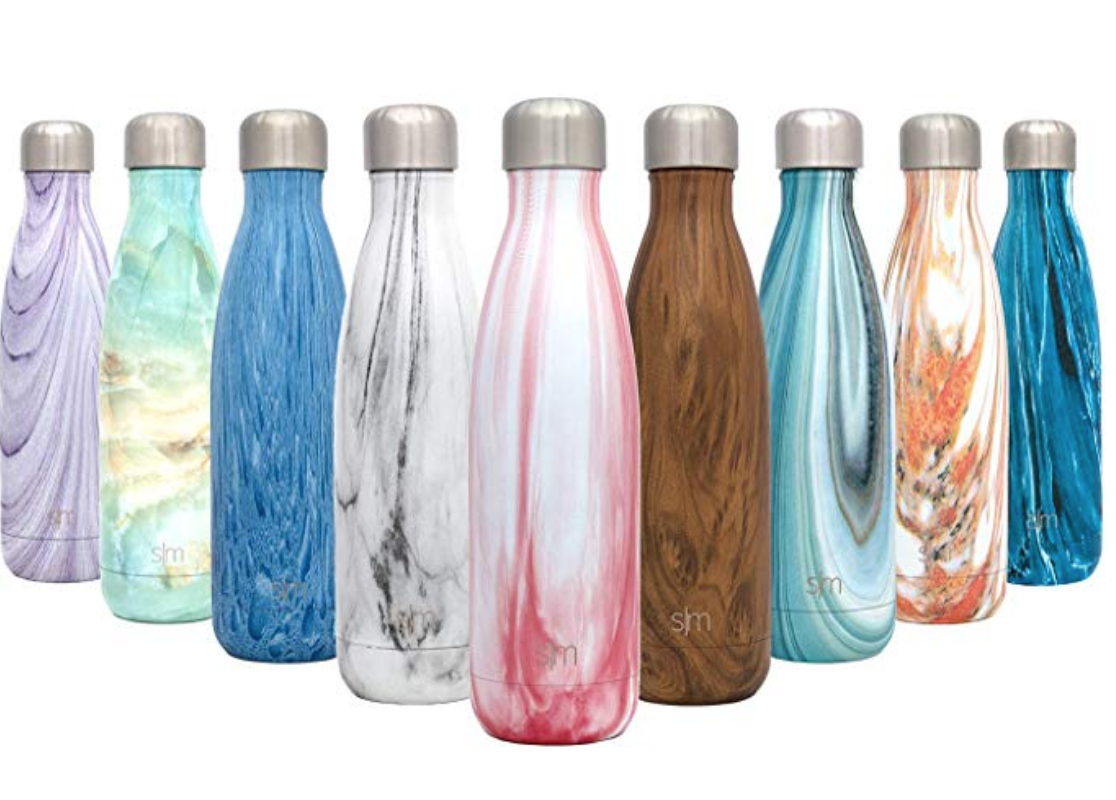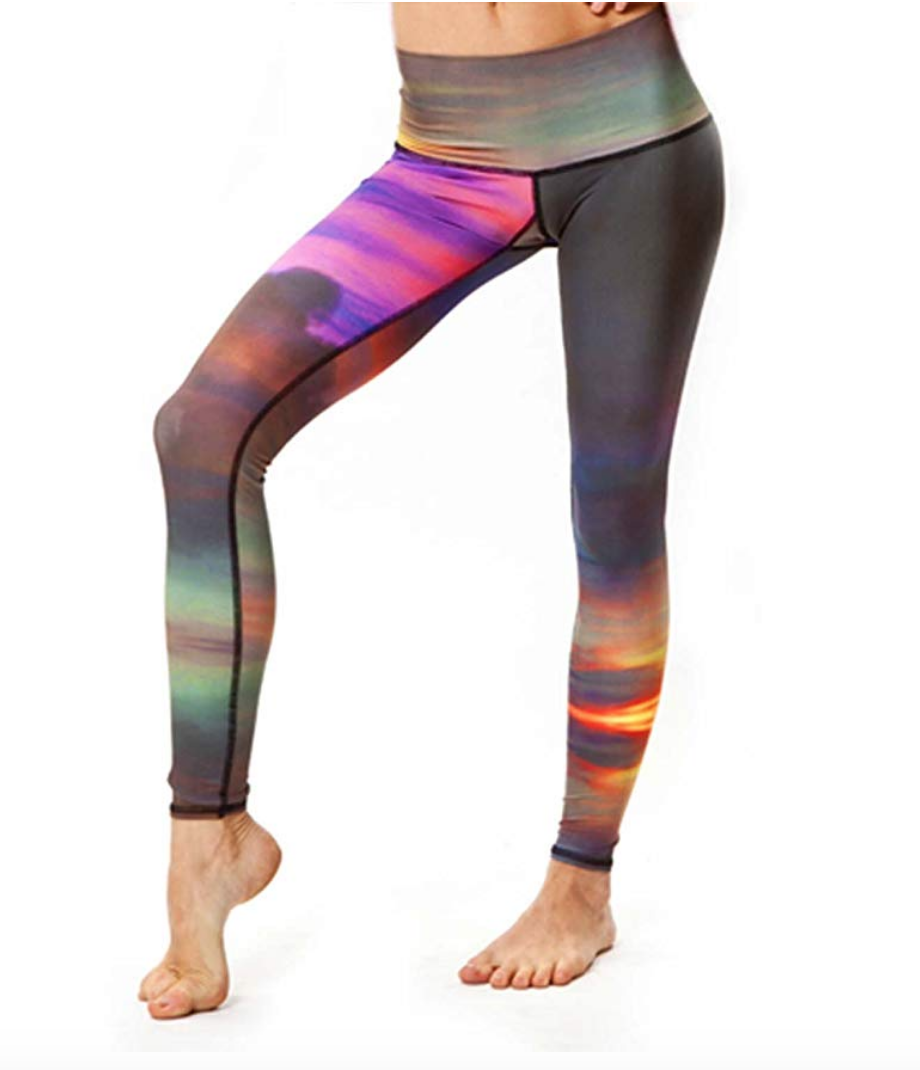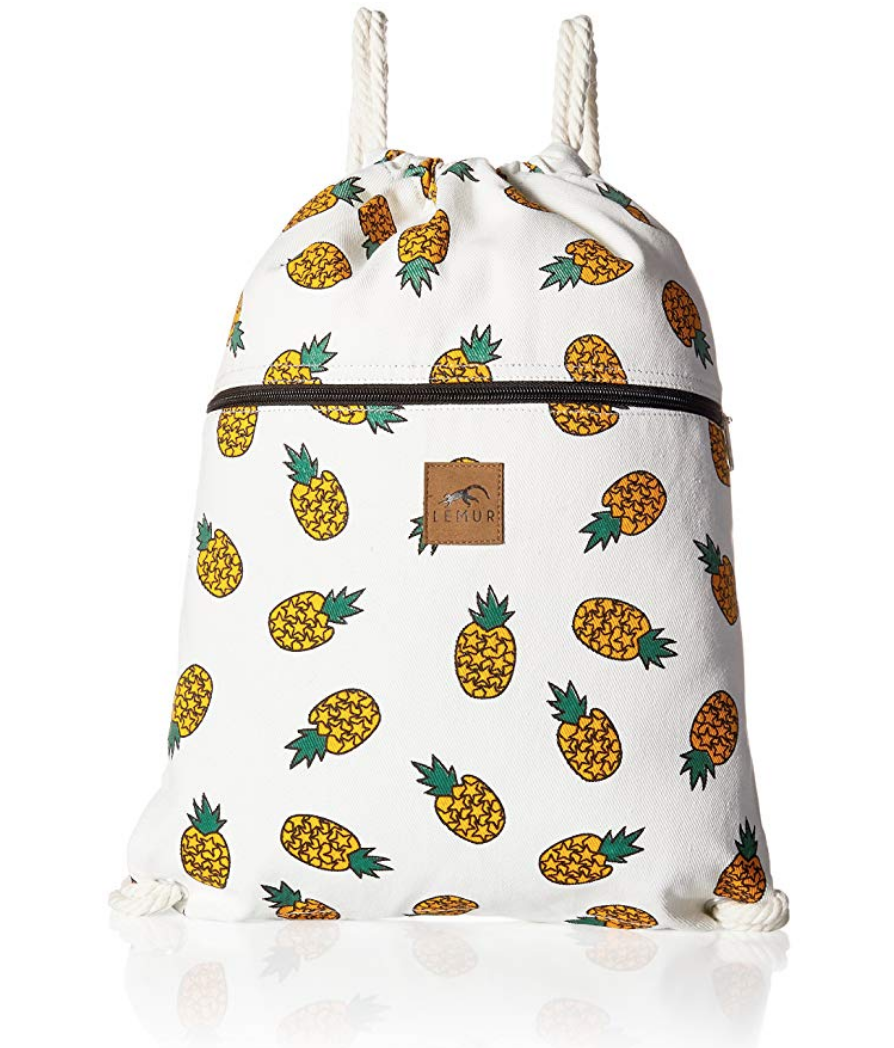Tennis Balls: Recycling and Upcycling All 334 Balls
/“Balls!” I’m grumpily talking to myself in my carport closet, hands on hips. “Balls, balls, BALLS!”
I’m surrounded by giant trash bags of moldy, stinking tennis balls, wondering how the hell I got myself into this situation.
I know exactly how: Instagram and too much coffee.
I was happily swiping along one day when Keep Charleston Beautiful posted a photo of a staggering number of disgusting tennis balls from one of their recent litter pickups. There had to be something to be done with these, right? Maybe I could clean them up a bit and take them to the local animal shelter.
My caffeine happy brain sent a couple messages and the next thing you know, I’m gagging while loading bag after bag of stinking balls into my car. Awesome.
“Babe…?” my boyfriend peered worriedly into the carport closet as I heaved the gross bags in there.
“I don’t want to talk about it.”
The balls would need to be washed before going to any dogs, and frankly, they were in much worse shape than I expected, so the animal shelter idea was out. I quickly realized that washing mud encrusted tennis balls - like 250 of them - in my personal washing machine would be the world’s quickest way to score an extended date with a plumber. But I’m stubborn as all hell and I refused to surrender them to the landfill… until my boyfriend gently suggested I was now hoarding garbage.
It was time to do some research on an eco-friendly solution to the Tennis Ball Problem.
Did You Know…
95,000 balls are used in the 14-day US Open
360,000,000 tennis balls are manufactured each year, according to the International Tennis Federation - and most balls are only used a handful of times before being discarded as “flat”
Only 22 million of these tennis balls are recycled
What’s that I said? Recycle tennis balls? Yeah, ladies and gentlemen, this is a thing.
How?
Let’s start with what the tennis ball is made of: a hard rubber shell covered in felt made from wool, synthetic fibers, or a combination of the two. Some are pressurized, some are not. The rubber used to make tennis balls is not realistically biodegradable due to the process the rubber undergoes to form the ball, but it CAN be crushed into a rubber composite product and reused for other purposes.
Who knew?
Probably not the players who are hitting their flat or busted balls over the fence. I know, I know. Some of these littered balls in my possession are in fact the lost product of an errant forehand. But I also played tennis heavily and competitively for about 10 years of my life: I had a personal coach, attended country club clinics, played at the city court clinics, was captain of the team my junior year, and played USTA tournaments. At that time in Florida, it was common practice to just lob your busted tennis balls over the fence. What happened to them after that? No one really knew or worried about it.
I can’t tell you how these balls got over the fence and started the journey that ended in my carport closet. But I can tell you this wasn’t a one time fluke or one court situation.
These balls came from the Keep Charleston Beautiful litter pick up of Governor’s Park, behind the Volvo Car Stadium.
The balls in the picture below are in the drainage ditch behind the Charleston Tennis Center in West Ashley.
There are an estimated 250,000 tennis courts in the United States.
So it’s a pretty logical jump to assume that is a LOT of tennis balls ending up where they don’t belong, whether accidentally or not, and guess what? They don’t belong in the landfill either.
6 Steps Toward Sustainable Tennis Balls
(This is seriously never a post I thought I would be writing.)
1. Get some air. Rebounces has created a machine to repressurize flat balls on both a commercial and individual scale, which allegedly allows you to get up to 4 times more usage from pressurized tennis balls. Talk to your facility about investing in a Rebounces machine if a personal one isn't in the budget.
2. Don’t litter. Lost and abandoned balls are litter, friends, and the process the rubber goes through in making a tennis ball means it’s highly unlikely to biodegrade… and we certainly don’t need them clogging up our drainage ditches or the marsh, both of which ultimately lead to the ocean. If it goes over the fence, go find it.
3. Donate. If you’ve stumbled across abandoned balls in relatively good condition or your tennis balls are too flat to play with, your local animal shelter will probably be thrilled to accept them as a donation. Mental stimulation is essential to maintaining a dog's wellness in the often cramped and loud conditions of a shelter, but toys often aren't in the budget.
4. Upcycle. Once our tennis balls are too flat for play, they can be turned into dog toys. I have a high energy pup who needs a lot of mental stimulation, and this DIY allowed me to upcycle both old t-shirts and old tennis balls into new toys for a happier, engaged dog. It saved me some cash, kept my clothing out of the landfill a little longer, and kept the balls clean until the toy was destroyed, at which point they were relegated for fetch, extending their life even further. More on zero waste dog toys soon.
Assisted living facilities also use tennis balls on the ends of walkers, and Pinterest abounds in questionably desirable and hilarious ways to upcycle tennis balls into crafts. These ideas range from towel holders with faces (your towels must be much lighter weight than mine) to full-scale love seats to votive holders and even ear muffs.
Y’all better brace yourself. Christmas is coming, and I've got balls.
5. Recycle. Once a tennis ball has lived out its usefulness or become simply too gross to be allowed in the house, throw it in a box to recycle. I now have a box in the carport closet that will be ready to recycle as soon as it’s full to the top.
6. Insist. Whether you play tennis or not, you likely live near tennis courts. Find out whether or not they are currently signed up with a ball recycling program, and insist they join if not. Many of these non-profits will go out of their way to make it easy on the facility, so let the powers that be know that you care.
There are more and more non-profits popping up to recycle tennis balls on both the individual and facility scale, which is great. Of the recycling programs I looked at, Tennis Ball Recycling allows you to send in small quantities of tennis balls, though you have to pay for the boxes and shipping out of pocket. Project Green Ball claims to pay for the shipping and is partnered with the Tennis Ball Project.
Recycle Balls only accepts boxes of 200 or more tennis balls and will pay for and provide a shipping label if you make a $15 tax-deductible donation to help fund the recycling program. This is what I opted for, since I was dealing with literally hundreds of balls and I love a good tax deductible receipt. Though their website didn't specify exactly what the ground rubber composite was used for, my contact quickly sent along more information about Recycle Balls contributing to tennis court shock pads, sign posts, and a stucco alternative known as Errthflex.
Pick the recycling company or non-profit of your choice, box up and mail your tennis balls. The balls will be crushed and the rubber separated from the felt, and then the rubber will be ground into composite mats to be used as tennis court cushions and playgrounds. Ace Surfaces has created athletic facility surfaces made from reclaimed materials from all sorts of things ranging from tennis balls to mattresses, and their website declares, “Recently, Ace Surfaces Inc paired with Advanced Polymer Technologies to create a cushion court with a shock pad that utilizes recycled tennis balls. Up to 10,000 recycled tennis balls are used in each cushion tennis court, helping keep used tennis balls out of landfills.”
The recycling bit was super easy. What was NOT easy was washing the balls before I shipped them. They were just too filthy. So yes, dear reader, like the crazy person I am, I washed all of these balls in a bucket in small batches before letting them dry in the South Carolina sun for 2 days. My back deck STILL stinks of soggy felt, and I never want to see another moldy tennis ball again in my life, and especially not in the marsh or ditch.
I have mailed off 286 tennis balls for recycling so far.
I am donating 20 balls to the Charleston Animal Society and I've upcycled 10 tennis balls into dog toys.
I have 18 more in a box that I’ll mail off for recycling when full.
And full disclosure, I let my dog keep 5 of them. He’s in heaven.
Total littered balls removed from the environment: 334
File this one under: Things I Am Never Doing Again.
Whew. It does feel good to have it over with, but y'all let's keep the balls on the court and out of the brush from now on, ok? On that note, I need a glass of wine!
*This gallery contains affiliate links. This means that if you click through and give the product a whirl, I get a tiny fee for spreading the news at no extra cost to you. This helps me offset the enormous amount of time that goes into Compost & Cava.

















